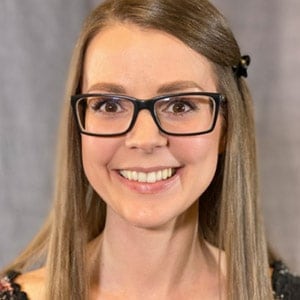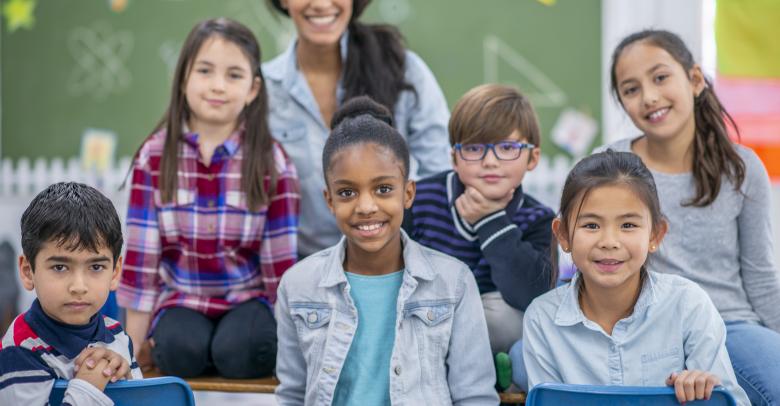The world is moving closer and closer to using more renewable energy. We must have a generation of problem solvers ready to support this endeavor. STEM education can support the alternative energy market by encouraging students to earn degrees in this area. How do we get them interested in renewable resources and alternative energy? First, educators must start by emphasizing its importance in STEM learning.
Solar, wind, hydropower, geothermal, and biomass energy are essential clean and renewable energies supporting our future world. The most abundant is solar energy as the sun is always shining at some point on Earth, making it the most abundant to harness. But before students can understand the different types of energy, they need to get a firm grasp on what energy is. The subject of energy crosses over into a wide variety of scientific and engineering topics, and therefore your science program is the perfect place to introduce it. You can use everyday examples in the classroom to demonstrate energy, such as the electricity that powers the lights, the force that gives students the ability to run and dance, and the metals used to build circuits that make the internet come alive. It’s at the center of students’ daily lives and is a subject that we should encourage them to engage with academically. You can ask students to give you more examples of what they think energy is and where it is in your classroom, the school, and at their homes.
Letting students experience the different types of energies can help them explain how energy works. For example, they can learn how solar panels store up energy they collect from the sun and then use that energy to operate even when it’s dark.
Having students understand that certain energy sources may be better choices for specific energy needs allows them to further explore the energy sources we use today and will use in the future. When we teach about all the energy sources, we can help students understand that there are many things to consider when deciding on the resources they will use in the future.
School Specialty offers a full range of products that support teaching alternative and renewable energies in your science programs. Here are a few options to help you engage and excite students.
Naomi Hartl
Naomi Hartl graduated from the University of Saskatchewan and started teaching in her home province of Saskatchewan, Canada. She has taught a variety of subject areas including biology, mathematics, health education, physical education, home economics, and career education. In 2015, she relocated to Oregon, USA, to work with School Specialty and has worked in curriculum development and writing with the company and is now the Science and STEM Subject Matter Expert. Working with School Specialty has allowed her to pursue her dream of making a difference in the lives of teachers and students by curating solutions to create safe, equitable, and successful learning programs.
Read more by Naomi Hartl–>















Leave a Reply